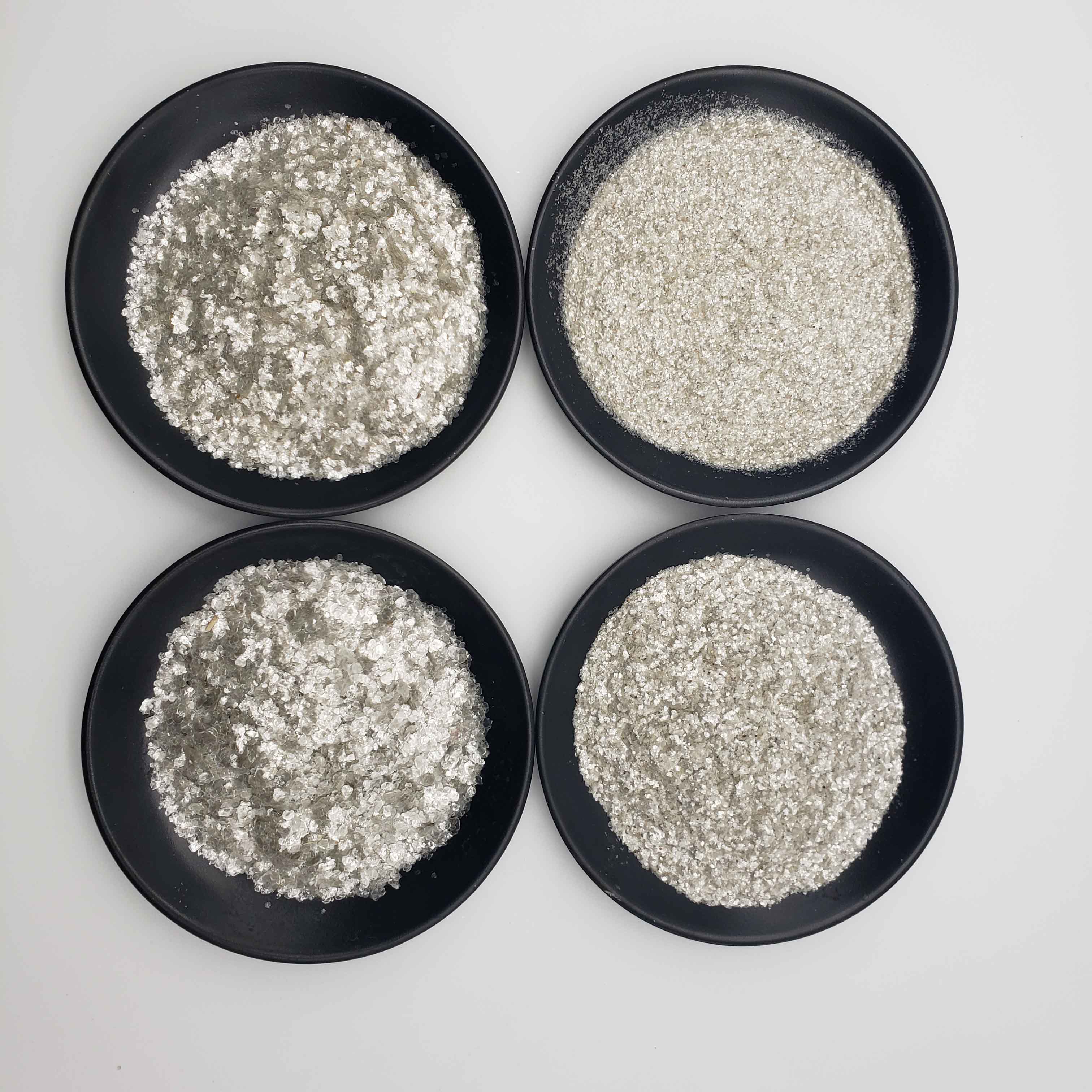
zeolite and diatomaceous earth
Zeolite and Diatomaceous Earth Nature’s Versatile Minerals
In the vast realm of natural minerals, zeolite and diatomaceous earth stand out for their unique properties and versatile applications. Both minerals have garnered attention across various industries, from agriculture to environmental remediation, owing to their remarkable characteristics and functionalities. This article delves into the composition, properties, and applications of zeolite and diatomaceous earth, highlighting their significance in enhancing sustainability and efficiency in numerous fields.
Understanding Zeolite
Zeolites are a group of hydrated aluminosilicate minerals characterized by their crystalline structure and high cation-exchange capacity. Formed over thousands of years through the volcanic activity and subsequent alteration of volcanic glass, these natural minerals possess a porous framework that allows them to trap and hold various ions. The most common types of zeolite include clinoptilolite, mordenite, and chabazite, each displaying distinct properties suited for different applications.
The unique structure of zeolites enables them to act as molecular sieves, selectively adsorbing certain molecules while allowing others to pass through. This property makes zeolites invaluable in gas separation processes, water purification, and even as catalysts in chemical reactions. Moreover, their ability to retain moisture and nutrients has made them a popular choice in agriculture, where they are utilized as soil conditioners to improve water retention and nutrient availability.
The Versatility of Diatomaceous Earth
Diatomaceous earth, on the other hand, is derived from the fossilized remains of diatoms—microscopic algae that thrived in aquatic environments millions of years ago. Composed primarily of silica (approximately 80-90%), diatomaceous earth is characterized by its fine powdery texture and high porosity. The distinct structure of diatoms gives diatomaceous earth an exceptionally low density and makes it highly abrasive.
zeolite and diatomaceous earth

Diatomaceous earth has wide-ranging applications, primarily in filtration, agriculture, and pest control. Its porous nature allows it to act as a highly effective filtering agent, capable of clarifying liquids by trapping impurities and particulates. In the agricultural sector, diatomaceous earth is often used as a natural pesticide, as its abrasive properties can dehydrate and kill soft-bodied insects. Additionally, it serves as an excellent soil amendment, improving aeration and drainage.
Synergy and Sustainability
Both zeolite and diatomaceous earth contribute significantly to sustainable practices across various industries. In agriculture, their combined use can enhance soil health and crop productivity. By mixing zeolite with diatomaceous earth, farmers can create a medium that retains moisture while ensuring proper drainage, promoting healthy root development and reducing the risk of waterlogging.
Moreover, the environmental benefits of these minerals extend to waste management and pollution control. Zeolites can absorb heavy metals and ammonium from wastewater, while diatomaceous earth aids in the filtration of contaminants. This synergy not only improves water quality but also reduces the adverse effects of agricultural runoff on aquatic ecosystems.
Conclusion
In conclusion, zeolite and diatomaceous earth are remarkable natural minerals that offer a plethora of benefits across diverse applications. Their unique properties—ranging from ion exchange and moisture retention in zeolite to the filtration and pest control capabilities of diatomaceous earth—make them indispensable in promoting sustainability and efficiency. As industries continue to seek eco-friendly solutions, the role of these minerals in fostering a greener, more resilient future becomes ever more critical. Embracing and utilizing zeolite and diatomaceous earth can lead to innovative practices that benefit both agriculture and the environment, ensuring a sustainable tomorrow.
Share
-
Premium Resin Coated Sand - High Heat Resistance CastingNewsJul.31,2025
-
High Quality Silicon Carbide Grit for Abrasive ApplicationsNewsJul.30,2025
-
High-Quality Ceramsite for Plants & Gardening | Lightweight PebblesNewsJul.29,2025
-
Premium Burgundy Glass Marbles for Vases & Shooter GamesNewsJul.29,2025
-
High Purity Quartz Sand for Industrial and Ground ApplicationsNewsJul.29,2025
-
High-Quality Barite Powder for Drilling & Industrial UseNewsJul.29,2025






